Ceremony at which a child about a six month old is given a first solid food on an auspicious day. This food is taken in the form of a paramanna of boiled rice, milk, sugar and honey, a little of which was gently placed in the childs mouth. In an early Vedic times some flesh was also included and the Grhya sutras were in the opinion that the kind of meat is given to child would influence the child’s nature. ram’s meat would confer physical strength , partridge meat saintliness , fish a gentle disposition , and rice and ghee glory.
Month: October 2015

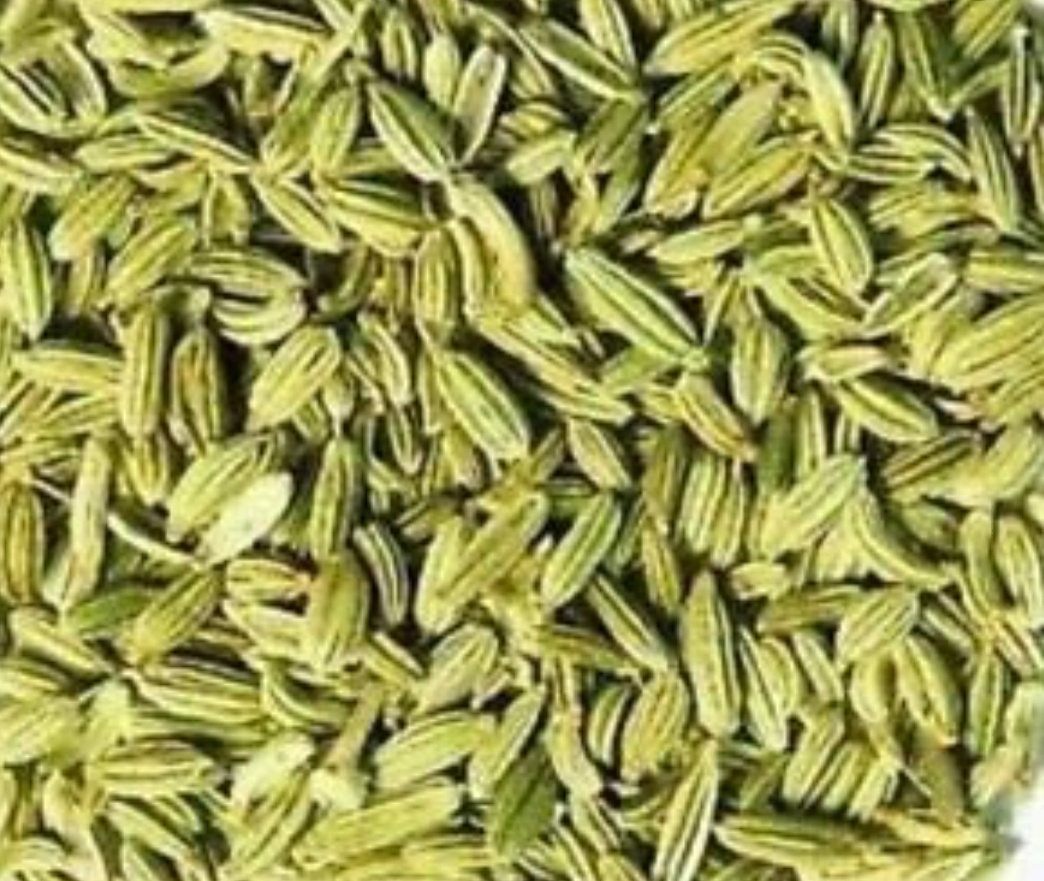
ANISEED
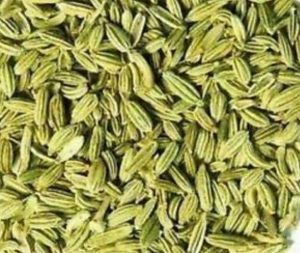 Saunf , pinepinella anisum is native to Mediterranean region, but is now cultivated in northen and eastern india, perhaps since muslim times. The slender green aromatic seeds are often served after meal as a mouth freshener and digestive and are a component of panchphoron , the five spice mixture of Bengal. the French traveller francois bernier ( C.AD 1665 ) mentions carrying sweet biscuits flavoured with aniseed during his travel in India.
Saunf , pinepinella anisum is native to Mediterranean region, but is now cultivated in northen and eastern india, perhaps since muslim times. The slender green aromatic seeds are often served after meal as a mouth freshener and digestive and are a component of panchphoron , the five spice mixture of Bengal. the French traveller francois bernier ( C.AD 1665 ) mentions carrying sweet biscuits flavoured with aniseed during his travel in India.
AMPHORAE
Two-handled roman wine jars found in large numbers at an exacavated warehouse in arikamedu, near Pondicherry. marks of schools of roman potters like VIBII, CAMURI and ITTA are clear evidence of trade between rome and south india in the first and second centuries AD.
AJAMEDHA
The Vedic goat sacrifice enshrined in the sutras in which a male goat is seized, his feet carefully washed, the joints neatly cut up and cooked using cauldrons and utensils made to rigid specification. the sacrificed animal was simultaneously bidden to go to the third heaven, where the righteous dwell and the sacrificial meat was considered sanctified for consumption.
AHIMSA
concept of non-injury to life , enjoyed by the Buddha in the Mahayana sutras, in particular the Lankavatara. Emperor ashoka, a devout Buddhist , emphasized ahimsa in his edicts and mahatma Gandhi adopted it in modern times as a means of passive, non-violent political protest.
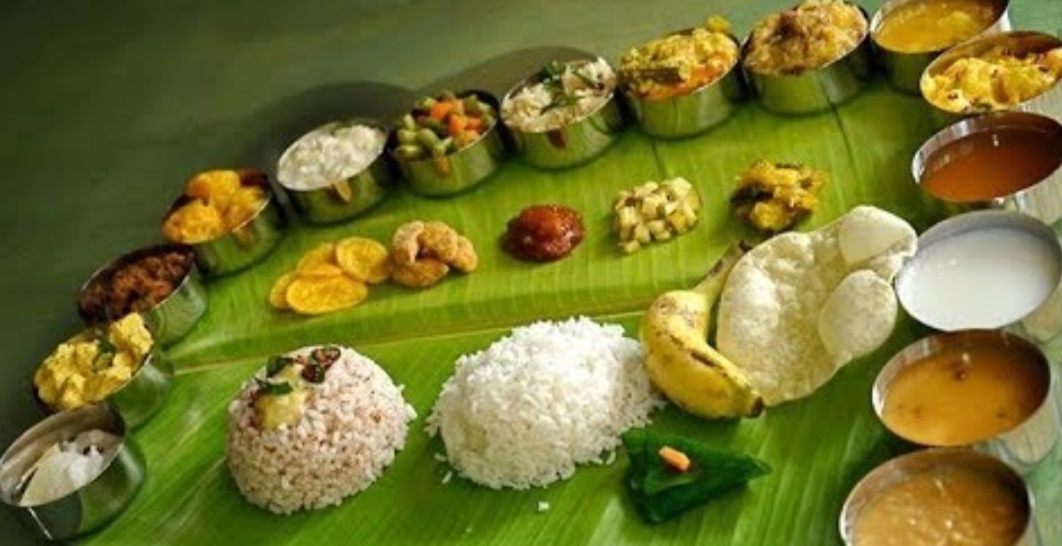
AHARA
Sanskrit term meaning food and nourishment. the phalahar would signify the use of only edible fruits and vegetables, which is one variety of fasting in the science of dietetics, itself called aharatattva. under aharayogi , the food permitted to ascetics, charaka lists the oils of sesame, mustard and the like.
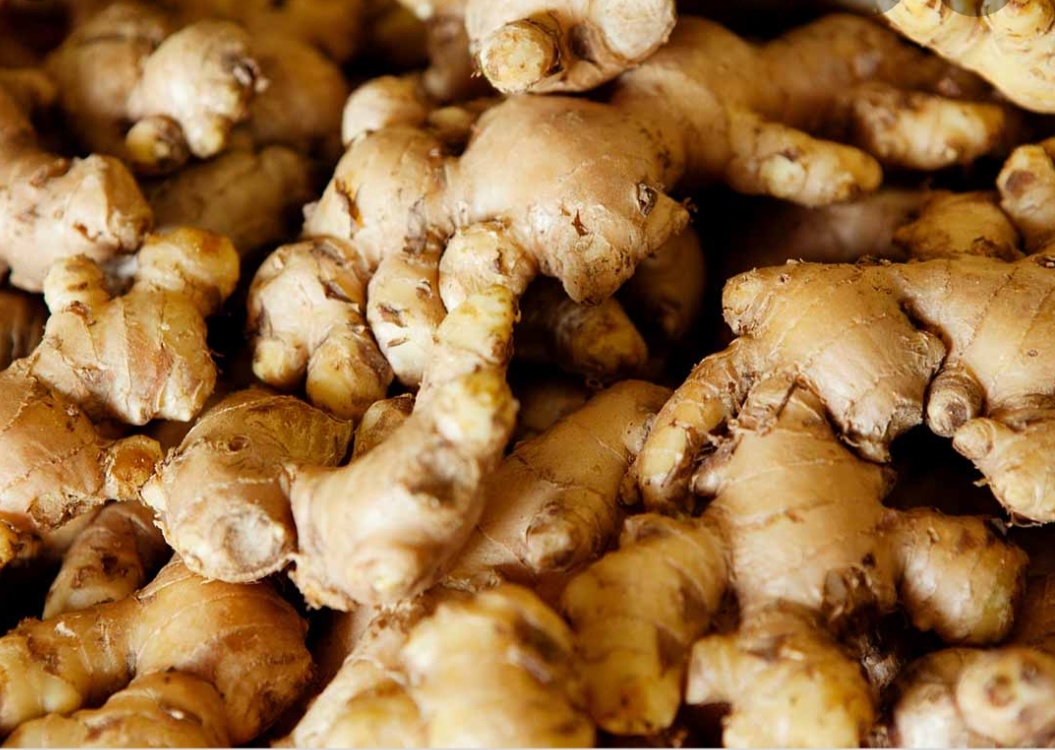
ADHRAK
hindi for green ginger from the Sanskrit adraka, which in the atharvaveda is adara. dried ginger has its own Sanskrit name , srngavera or injivera, of tamil origin : ver is root and inji is a word still used in south India. the hindi word is sunthi. though the ginger is almost certainly native to south-east asia, long cultivation has obscured the sites of original domestication. Several spiecies are grown in Malaysia and wild forms are still found in India.
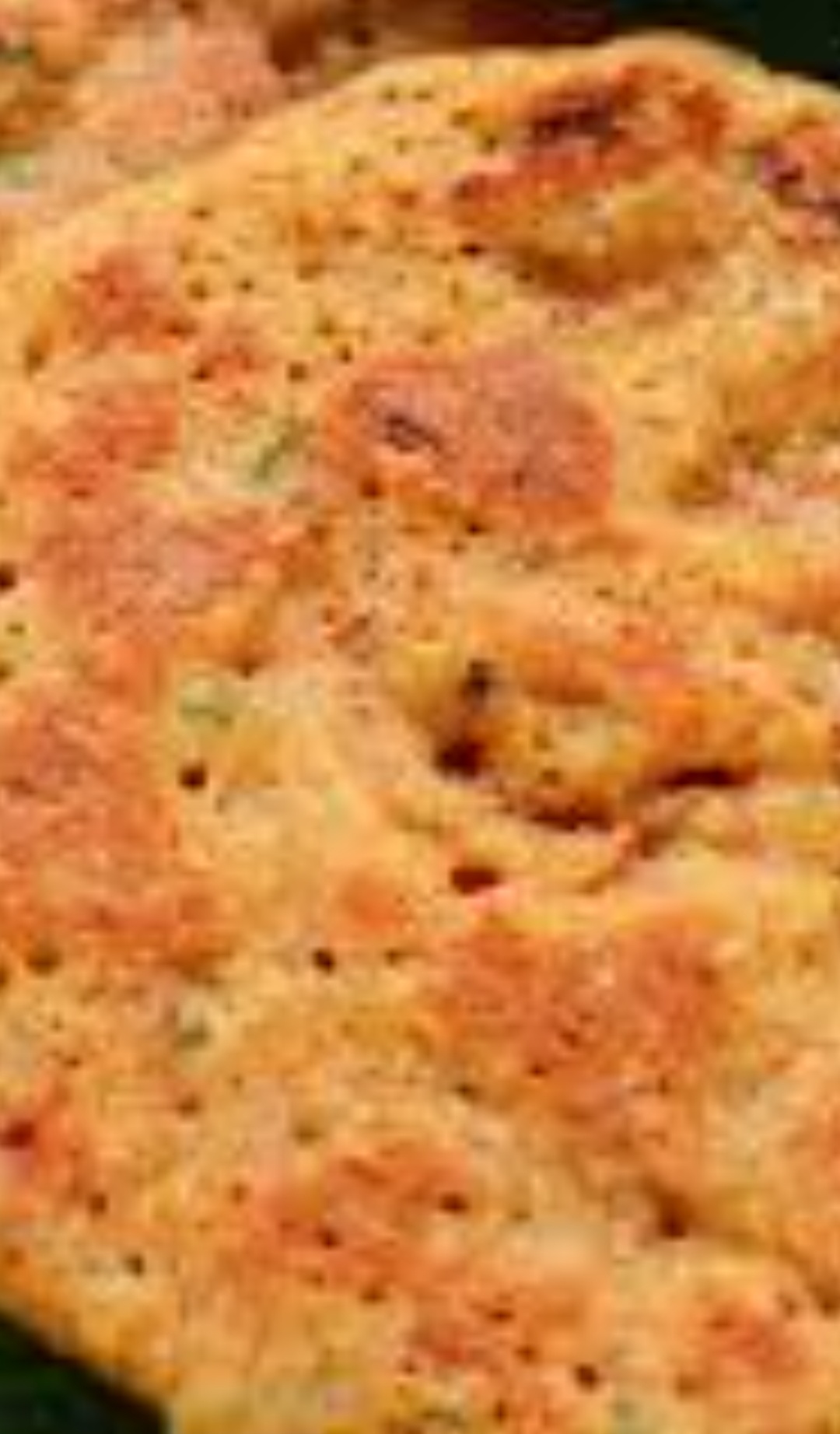
ADAI
shallow – fried circlet of tamil country. The thick ground batter consists of almost equal parts of rice and as many as four pulses. It is described in the tamil sangam literature between the third and sixth centuries AD as a snack served by vendors on the seahore.
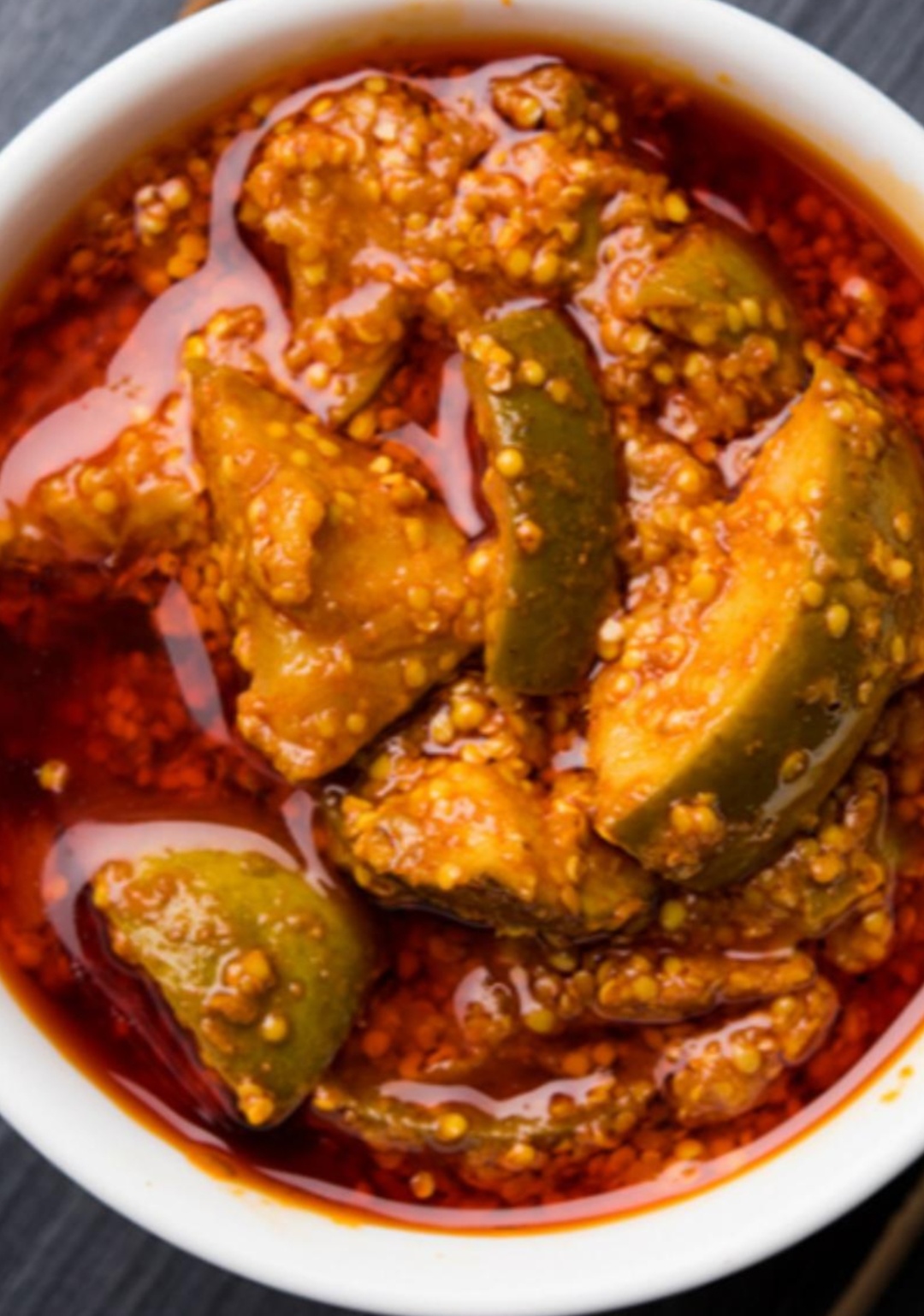
ACHAR
word for pickle in Urdu and hindi , commonly thought to have a persion or Arabic origin, but stated by rumphius in AD I 750 to derive from terms like axi or achi used for chilli.
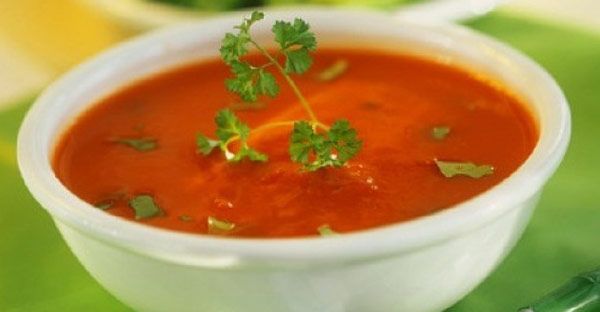
Dhania-aur-tamatar-ka-Shorba
Ingredients
Tomatoes 800gm
Ginger-garlic 50gm
Garlic 70gm
Fresh Coriander 100gm
Cumin seeds 10gm
Oil 01tbs
Green chilies 03 no
Salt to taste
Method,
Wash and cut the tomatoes into quarters. Cook tomatoes with ginger, garlic, green chilies and fresh green coriander and let be simmer until tomatoes are mashed completely.
Strain the mixture with a soup strainer.
Heat oil in a pan. Add cumin seeds, let them crackle. Add strained tomato liquid and season with salt.
Bring it to a boil and check the seasoning and Serve it hot, garnished with chopped green coriander leaves.

